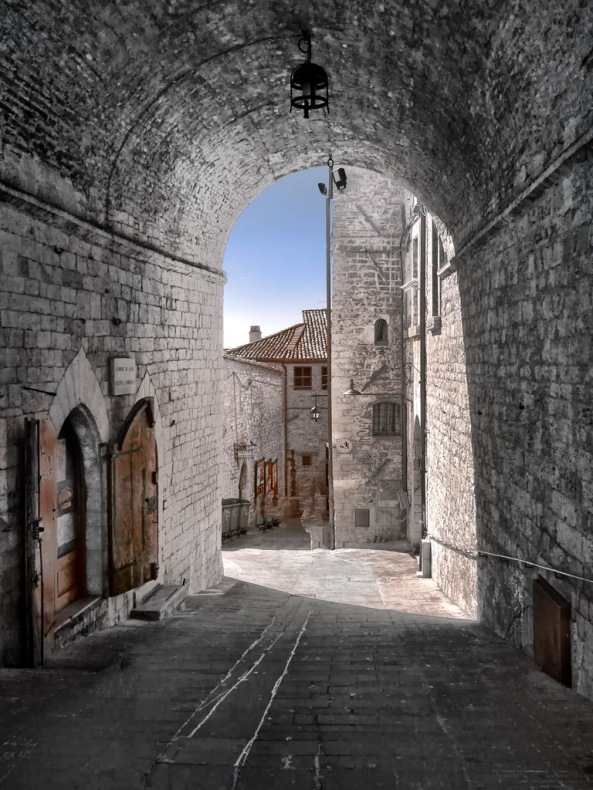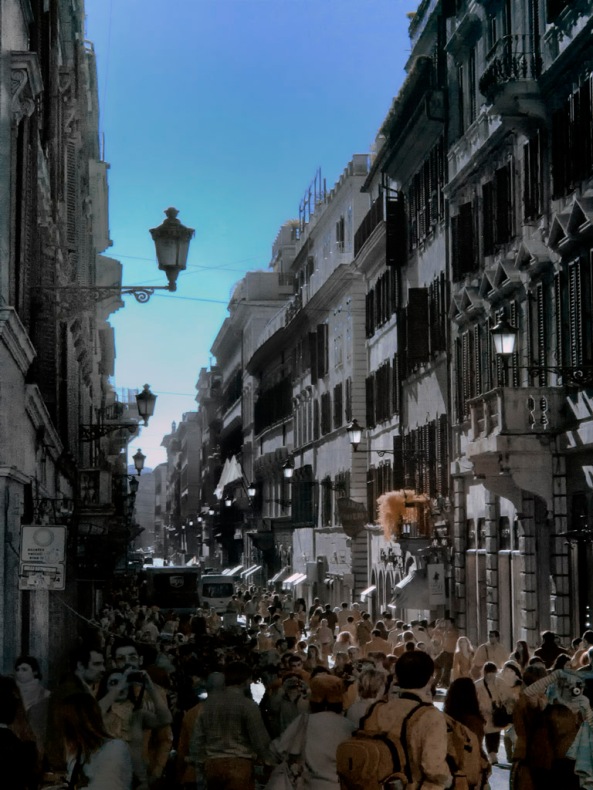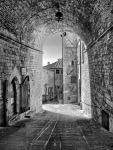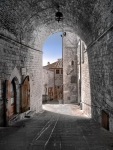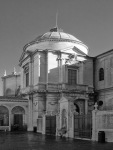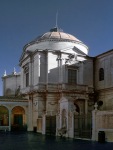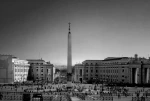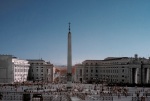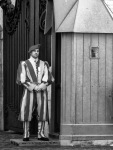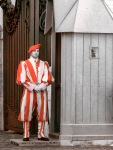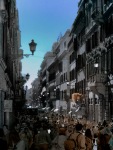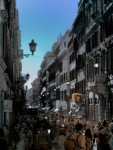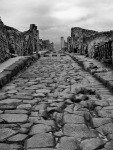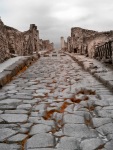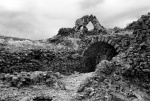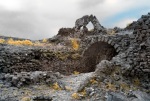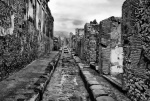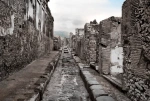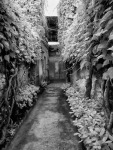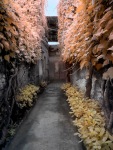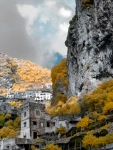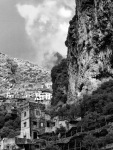So Much Fun That It Hurts!

Mabry Mill, Blue Ridge Parkway, VA. 630nm Faux IR
Well, I should warn you here…. This is going to be a series of LONG posts (about 6) that will be comprised of both Infrared and Color photography! I feel that to show only one or the other will just not do credit to the locations that I visited!
I am tired, we got back last Wednesday night after 2800 miles of driving from Pawleys Island to Boston. Boston was the location of a wedding that I had to attend with my wife and the motivation for 10 days of travel to visit Grist Mills, Covered Bridges & Lighthouses!
Yes, I have a VERY UNDERSTANDING & SUPPORTIVE WIFE!
It was a very relaxing trip and we visited about a dozen of each of the subjects. I had a great and successful time. I tried to make sure that we visited each location in the best light but as you know sometimes that is just impossible. This is where Infrared can save the day (or vacation)! Some locations screamed color but I shot in both formats regardless. I hope that you enjoy the images as much as I did making them!
Our first planned stop was on the Blue Ridge Parkway in Virginia at the Mabry Mill. This is likely the most photographed mill in the country and you can see why from the images. It is a stunningly beautiful location with a perfect mill. The elements of a perfect IR image are all there: Water Reflections, Green Leaves & Sky. Usually there are so many people visiting the mill that it is hard to get a shot without them in it. Today was the exception. We got there about 2 pm and it was overcast with very subdued light. I couldn’t have asked for better conditions for both color and infrared.

Mabry Mill, B&W 630nm Long View
The long view when approaching the mill gives a stunning framed image using the fence, hill and trees. The entire property is in pristine condition and just screams “Take My Picture”! Below is a Faux Color version of the same image.
Processing with my standard Faux Color recipe:
For CS5:
- Taking the picture I adjusted the exposure compensation to -.7ev to keep the red channel under control and not blow out the sky. I also set the White balance using a BRNO neutral WB lens cap.
- After moving the image to the computer via Downloader PRO (see recent post) and RAW processing with Capture One V5 where I added a little contrast and clarity, I opened the image in CS5.
- I cropped for my master library size (8.5×12.5)
- Run NIK Software’s Viveza 2.0 and apply about 15% STRUCTURE to the overall image only by not using control points.
- Run the Khromagery Faux Color Action (down load on the right). In the Master Color Channel I simply increased the Saturation as necessary which brought out the blue sky & water and the yellow plants. I then choose the Cyan, Red & Yellow channel adjustments and made sure to adjust the HUE to where I liked it.
- The ABOVE Cyan adjustment is important, I hate sky’s and water looking blue-green, so I always adjust the Cyan HUE to go to normal blue!
- I then flattened the Adjustment Layers.
- Next I ran NIK Software’s Viveza (a Photoshop plug in) and simply made point selections of the color I wished to modify, ran up the structure to bring out detail and adjusted the brightness. I did this to all of the color areas I needed to like the water surface, the yellow plants and the blue sky. I also selected the warm colored wood of the Trunk and the rocks in the foreground and removed color saturation forcing them to be B&W!
- Again flatten the image.
- Save as a PSD file
For Elements:
You MUST install the Elements Plus Plugin (see post on this BLOG for link)
Link Here to Detailed Post On Elements Processing
- Convert your RAW image to Tiff.
- Open in Elements
- Crop
- Run NIK Software’s Define 2.0 noise reduction filter.
- Run NIK Software’s Viveza 2.0 and apply STRUCTURE only.
- Open the Channel Mixer, changing red and blue
- Run the Hue/Saturation adjustment and adjust DOWN the saturation HUE on the Cyan channel.
- Run NIK Software’s Viveza 2.0 and make your color, saturation, structure & contrast adjustments across the entire image.
- Flatten the Layers
- Save as a TIFF or PSD in your output library with a meaningful name!
The most important aspect of this is to look at the trees. Do you see how the leaves look slightly different in coloration? This means that you should adjust each tree to a slightly different hue to get the most impact! These small adjustments are so easy to accomplish with Nik Software’s Viveza plugin.

Mabry Mill, Long View. Faux Color 630nm
This image was also one of those rare ones that looked good in the RAW format. By this I mean straight out of the camera, converted from RAW to TIFF and processed for contrast and structure only using NIK Viveza. As you can see, it generated a rather pleasing image that is soft on the eyes!

Mabry Mill, Long View, RAW 630nm
As I said, the lighting was very subdued so I could shoot in color also. Here is a version of that at the same location for you to compare. Which do you like the best?

Mabry Mill, Long View, Color, Panasonic GH2 w/ 14-42mm Lens
But what ever you decide, make sure that you totally explore your subject. Walk around it, take both long and short view images, landscape and portrait, DETAIL closeup shots and look for the unexpected!

Mabry Mill, Sluice
Process EVERY image you take in both color and B&W (color) and RAW, Faux and B&W (Infrared). You will be surprised at the variety of emotions each will generate! Below is the same color image but converted to a medium contrast B&W image using NIK Silver EFX Pro V2. I actually think that in the case of this image that the B&W image has more impact!

Mabry Mill Sluice, Color Converted To B&W
OK, moving on, I moved in closer to the mill but still giving space for a water reflection in the foreground. This image is a little more pleasing due to the greater detail that our eyes can detect. Again, process in all possible ways to discover what we actually have!

Mabry Mill Closeup, RAW

Mabry Mill Closeup, Color

Mabry Mill Closeup, 630nm B&W
Now, had it been a bright sunny day color photography would have been out of the question due to the late arrival time at the mill. Keep this in mind as you plan your excursions. Regardless of this, you can always depend on great Infrared images any time of the day. That is a pretty good motivation to embrace IR don’t you think?
This was a really good first day for the trip. Mabry Mill is indeed worth the time necessary to travel to it.
There is another mill around the corner from it about 3 miles away, but it is in a commercial center and the wheel is gone.
Knowing that I was going to take 10 days to travel up the east coast to Boston, I RESEARCHED all of the mills and covered bridges from South Carolina north, and Missouri east all the way up. I think that I have all of the worthwhile mills in 19 states entered into my GPS now! There are about 300 mills that I narrowed down to about 75 based on their beauty first and foremost. I then took the time to enter them ALL into my GPS so that I could easily find them. This also has the added benefit that as you travel, the GPS will show you how far away you are from any of the mills in the list and continually update moving the closest to the top of the list! What more could you ask for when you are ALWAYS in search of mills?
Even now that the trip is over I continue to research mills. Just this weekend I added another 30 to my GPS list. This list can be managed on your computer and downloaded directly to your GPS!
I plan on adding this way point list to my download section here on this blog shortly so that you all can have access to these perfect subjects! I only hope that you do the same and share new mills with me!
I hope that you enjoyed this LONG OVERDUE first post on the 2011 Great Grist Mill trip! I will add every few days the next day of travel as I process the days images. Keep in mind that I came back with over 2500 images which I reduced to about 1200 by the first editing step: DELETION of the bad, marginal or duplicate images.
Tomorrow, Day 2: Lancaster County, PA for Covered Bridges and Amish Farmland!

